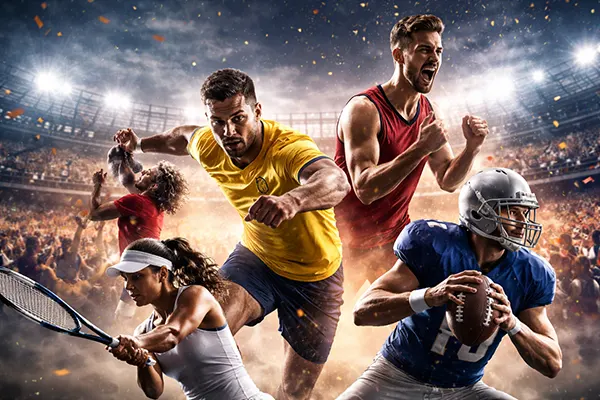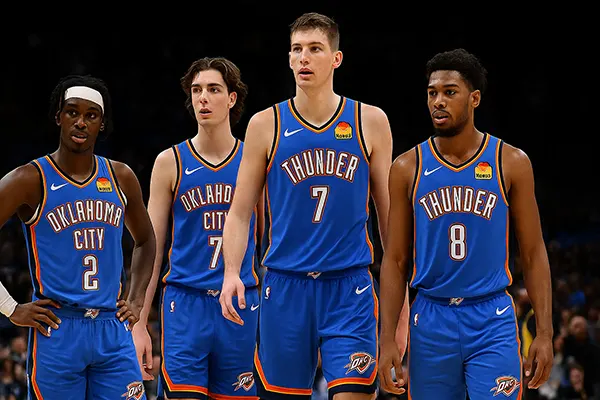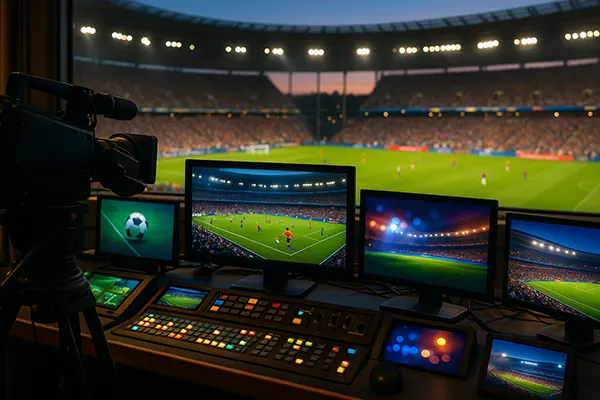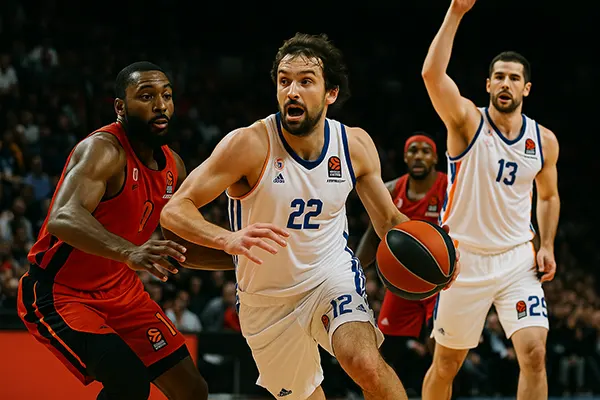How Training Apps Are Shaping the Future of Youth Basketball in the USA
In recent years, mobile training apps have become a central tool in the development of young athletes across the United States. In basketball, a sport where performance is measured in fractions of a second and inches of movement, these digital solutions are changing how teenagers approach daily practice and long-term development. With the increasing integration of AI-based analytics, video feedback, and personalised training modules, mobile apps are not just supplements—they are becoming essential coaching companions.
Individualisation of Training and Skill Tracking
Traditional basketball training often depended on team sessions and the guidance of a single coach, but modern apps like HomeCourt and DribbleUp provide tailored programs that adapt to a player’s progress. These apps use video analysis and AI to assess shooting form, dribbling efficiency, and speed. The ability to set individual milestones and monitor performance metrics over time empowers players to take ownership of their growth outside the gym.
Most of these training tools incorporate gamification elements such as point systems, timed challenges, and leaderboards. This keeps young users engaged and motivated while creating a sense of competition. Such features prove especially effective for players who struggle with consistency or discipline in self-practice environments.
Moreover, athletes can share their progress with coaches and peers in real time. That opens opportunities for feedback without having to be physically present, a factor that became particularly crucial during COVID-19 lockdowns and continues to be relevant in remote or underserved areas.
Use of Video Feedback for Rapid Correction
One of the most transformative elements of these mobile apps is their reliance on video for real-time corrections. Players can immediately review recordings of their drills and compare them to professional standards. This accelerates learning curves by showing what’s wrong and how to fix it, instead of relying solely on verbal descriptions from a coach.
Coaches can annotate these videos or provide voiceovers, creating detailed feedback loops without needing in-person sessions. In some apps, such as Hudl Technique, motion tracking highlights inefficiencies in a player’s movement pattern, making biomechanics accessible even for beginners.
Parents, often involved in youth sports, can also follow the progress of their children, gaining better insights into what each drill accomplishes. This helps reinforce consistent home practice, which is critical for young players still forming their habits.
Bridging Geographic and Economic Gaps
Access to quality basketball training has historically been limited by location and income. Mobile apps significantly narrow this gap by offering affordable or free plans with access to expert-led content. For kids in rural areas or inner-city neighbourhoods where club-level coaching may be rare, apps offer a direct link to professional instruction and skill-building resources.
Even at the elite youth level, scouts and recruiters increasingly use footage and analytics shared via these apps to evaluate talent. This democratises the pathway to college basketball and increases the visibility of promising athletes who might otherwise go unnoticed by traditional scouting networks.
Several initiatives in the US, including school partnerships and grants for underserved communities, now include subscriptions to premium training apps as part of their youth sports development programs. This ensures equal opportunity in training quality, regardless of one’s socioeconomic background.
Accessibility Across Devices and Environments
Another strong advantage of these training apps is their cross-device compatibility. Whether on a smartphone, tablet, or smart TV, the apps can be used in home garages, driveways, school gyms, or public courts. This flexibility supports unstructured play, which is known to boost creativity and confidence in young athletes.
Offline mode, a feature in many apps, allows drills and lessons to be downloaded in advance. This helps players who may not always have access to reliable internet—again targeting equitable training access across different living situations.
Furthermore, wearable integration (e.g., smartwatches or fitness bands) allows for biometric feedback such as heart rate or jump height, offering a full picture of athletic development beyond technical skill alone.
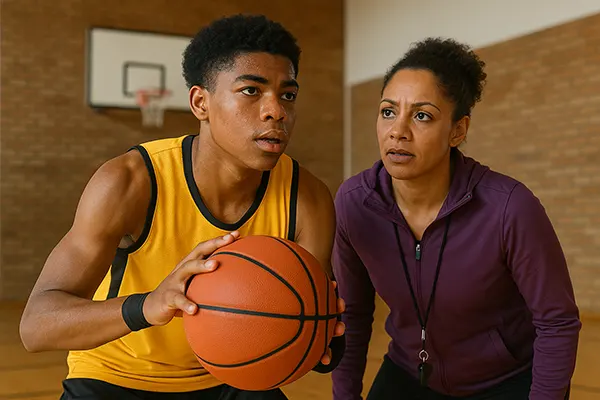
Redefining the Coach-Athlete Relationship
While apps can never fully replace a coach’s intuition and mentorship, they are redefining how coaches interact with young athletes. Coaches now have access to detailed performance data that goes far beyond anecdotal observations. This allows for more targeted in-person sessions and fosters informed conversations with players about goals and areas of improvement.
The ability to assign specific workouts, monitor their completion, and analyse resulting data means that coaching becomes a continuous process, not just something confined to two-hour sessions in the gym. This constant connection is especially valuable in youth development, where habit-forming and early intervention are key.
At the same time, the tech frees coaches from time-consuming tasks such as manual drill explanation or form corrections, allowing them to focus on higher-level development strategies and psychological support.
Encouraging Responsibility and Self-Motivation
Young athletes using training apps often report an increased sense of accountability. With clear progress tracking and reminders built into the app’s interface, players are nudged to stay consistent even without adult supervision. This nurtures self-motivation—an essential trait for those aiming to compete at higher levels.
Apps also teach players how to evaluate their own performance, developing critical thinking around improvement strategies. Instead of relying entirely on external feedback, athletes begin to recognise flaws and set personal objectives based on recorded sessions.
Ultimately, this tech-driven independence benefits not only athletic performance but also broader life skills like discipline, time management, and goal setting—values deeply embedded in sports education.

